
Japan is full of ancient traditional arts. One of those is kintsugi, the art of bringing new life to cracked ceramics by mending them with gold. This kintsugi experience is growing in popularity, especially amongst younger women.
Here we share our kintsugi experience report, courtesy of two of LIVE JAPAN's editors. The studio we visited, Taku Nakano CeramicArts☆ (TNCA☆), is located in Tokyo's neighborhood of Omotesando.
What exactly is kintsugi? What is the process? The more you learn about it, the more you'll come to understand Japan's 'mottainai' spirit.
TNCA☆: A Firsthand Kintsugi Experience
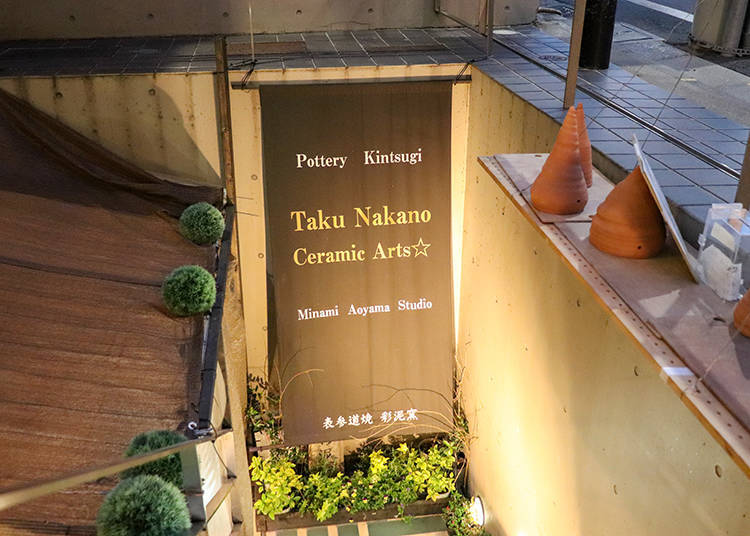
Today we visit Taku Nakano CeramicArts☆ (TNCA☆) to partake in their hands-on kintsugi experience. The studio is only five minutes away on foot from Tokyo Metro's Omotesando Station.
Taku Nakano, the representative of TNCA☆, is one of Japan's leading ceramic artists. The studio is a modern fusion of a museum and a workshop, where you can partake in the enjoyment of 'contemporary ceramic arts.' The location was previously the famous ceramics workshop, Saideigama, which drew in multitudes of visitors from overseas.
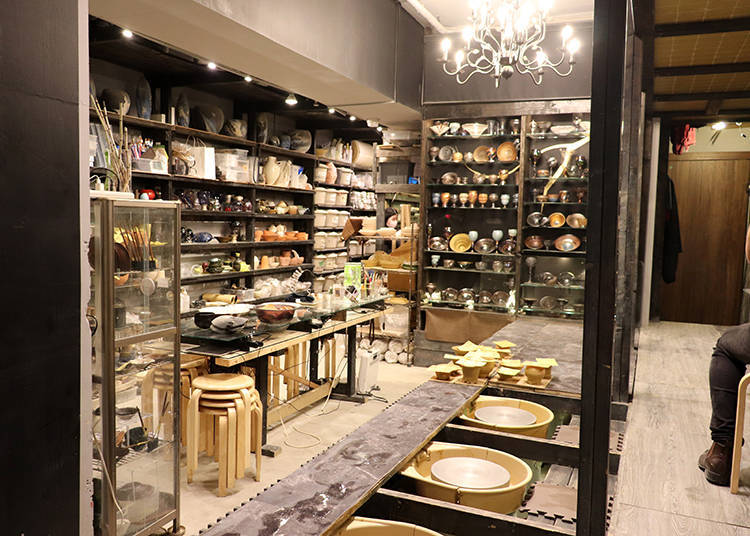
Mr. Nakano is a ceramist specializing in rainbow-colored ceramics called Lusterware. He also works in blown glass and kintsugi. Mr. Nakano holds workshops and experience classes for all levels, beginner to advanced, on a one-day as well as membership basis, where he teaches the craft (and joys) of ceramics and kintsugi.
Also inside the studio is Omotesando-yaki, a modern fusion of rare ceramics, glass, and rare metals, all of which are transformed into beautiful vessels using the skill of kintsugi.
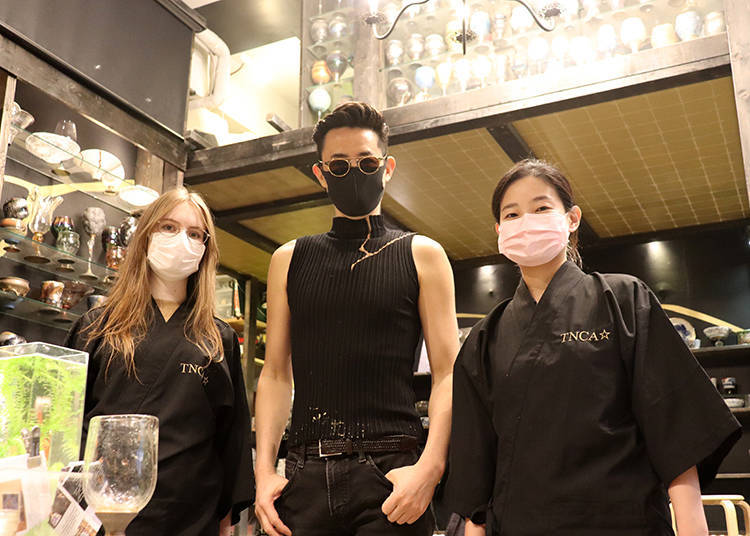
LIVE JAPAN editors, Ms. B and Ms. C, visit the studio to participate in a kintsugi class, courtesy of the ceramics master himself, Mr. Nakano.
Japanese Traditional Kintsugi Experience in Tokyo
What is Kintsugi?

Straight away, our participants don their work clothing (called 'samue') and begin the lesson, starting with an explanation of what kintsugi is.
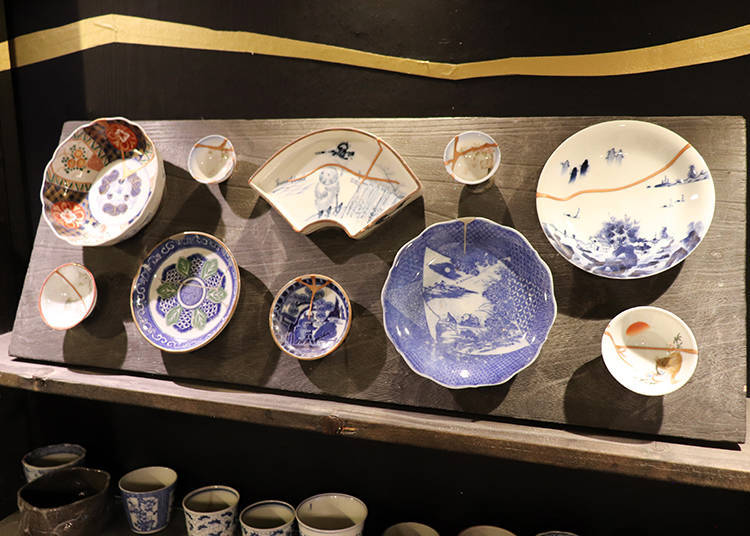
Kintsugi is an expression of wabi-sabi, a unique Japanese way of seeing the beauty in things deemed imperfect. 'Wabi' can mean 'incomplete,' while 'sabi' refers to deterioration over time. The concept of 'wabi-sabi' expresses how the passage of time can further increase the beauty in imperfect things. This concept is also reflected in the craft of kintsugi.
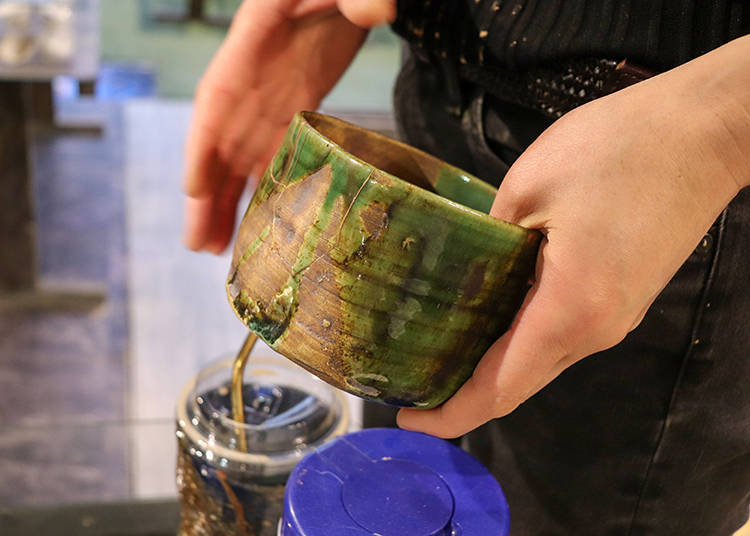
"Tea stains on an old bowl, as well as chips and cracks, show the passage of time, which Japanese people come to appreciate as part of the item. The beaut…

